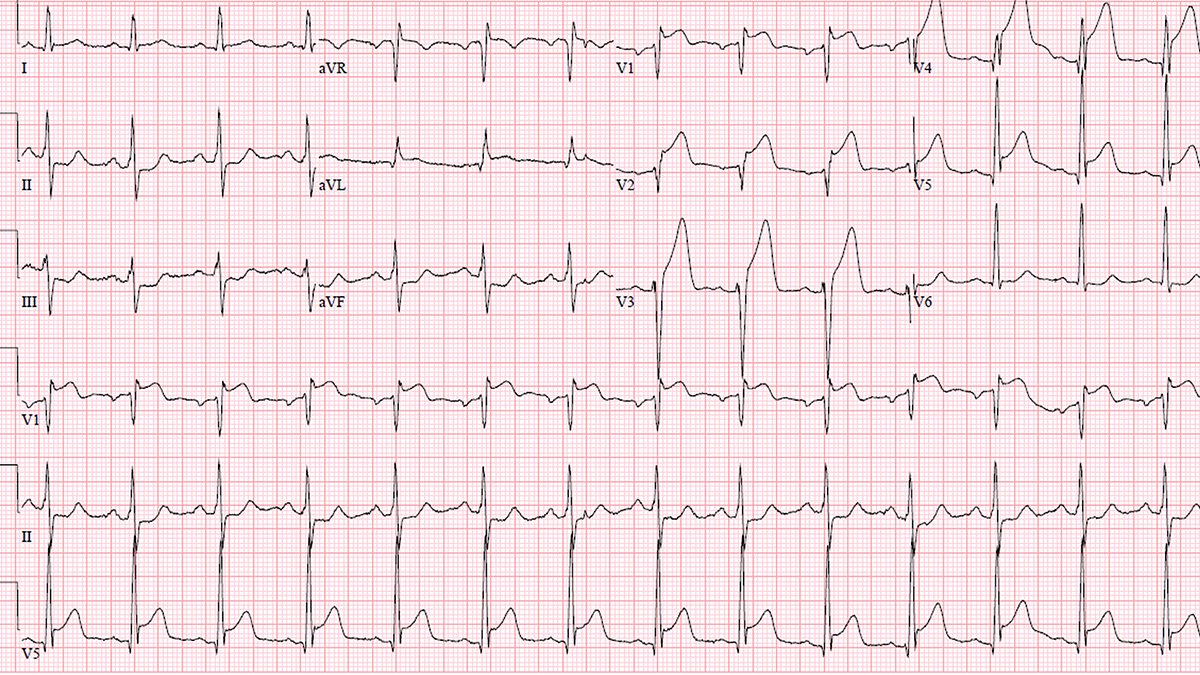After a tropical cyclone passes through an area, governments take stock of the damage. NOAA, for instance, lists the costs associated with damaged buildings and roads and reports any injuries or deaths attributed to the storm.
“This research supports the historically overlooked indirect health risk and burden of tropical cyclones.”
However, research suggests that storms can also have hidden, long-term consequences for human health. In a new study published in Science Advances, scientists report that cyclones, also known as hurricanes and typhoons, produce a significant uptick in hospitalizations due to cardiovascular disease for months after they subside. In addition, the potential populations at risk for such hospitalizations are growing as a result of climate change intensifying cyclones and driving them into temperate regions such as Canada and New Zealand.
“This research supports the historically overlooked indirect health risk and burden of tropical cyclones and suggests the need for extending public health interventions and disaster preparedness beyond the immediate cyclone aftermath,” said Wenzhong Huang, an environmental epidemiologist at Monash University in Australia and the lead author of the new study.
Heart Problems Spike After Storms
Previous studies have examined possible connections between cardiovascular disease and cyclones, but most have focused on a single health center and storm in the United States.
“For our study, we encompassed multiple tropical cyclone events across decades and across multiple countries and territories with diverse socioeconomic contexts,” Huang said. “We also analyzed much longer post cyclone periods.”
“I didn’t expect that the risk would persist that long.”
The researchers tracked cardiovascular disease–related hospitalizations of more than 6.5 million people across Canada, New Zealand, South Korea, Taiwan, Thailand, and Vietnam from 2000 to 2019. They identified 179 locations that experienced cyclones and documented how many days storms hit each area. The team then examined hospital records to see whether more people were admitted for heart problems after cyclones, tracking patients for up to a year after each storm.
The results revealed that hospitalizations associated with heart health jumped 13% for every additional day a location was hit by a cyclone. The biggest spike in hospitalizations didn’t occur immediately after the cyclones but, rather, came 2 months after they passed, and the increased risk of hospitalizations didn’t subside until 6 months later.
“I didn’t expect that the risk would persist that long,” Huang said.
The health burden also fell unevenly across populations. Men, people in their 20s through 50s, and those in disadvantaged communities had the highest risk. In fact, cardiovascular risks after cyclones fell during the study period in wealthier areas while rising in poorer areas. This result suggests that improved health care access and disaster preparedness have benefited only some populations, with Thailand and Vietnam seeing the most cyclone-related heart problems. In total, strokes and ischemic heart disease (in which blood vessels supplying the heart are narrowed) were the most common maladies reported.
“There is not a single disease that’s not touched upon by hurricanes.”
Naresh Kumar, an environmental health scientist at the University of Miami who studies the health effects of cyclones but was not involved in the new study, was not surprised by the findings. According to his own extensive research on hurricanes in Florida and Puerto Rico, “there is not a single disease that’s not touched upon by hurricanes,” Kumar said.
But he would have liked the authors of the new study to narrow down the mechanisms driving up cardiovascular health risk after cyclones. The possible causes are abundant. In the months following a cyclone, people increase their use of generators, which produce pollutants; eat more calorie-dense canned foods; can’t exercise or access prescription medicines as easily; and are under immense psychological stress—all of which can increase the risk of cardiovascular disease. Meanwhile, regular health care services are often disrupted, so preventative care is limited.
Understanding these mechanisms is critical because current disaster response systems vastly underestimate the health burden of tropical storms, researchers say. “We are still scratching the surface in terms of characterizing the health effects of hurricanes,” Kumar said.
Huang said untangling the most significant contributors to increased risk following a cyclone is the next phase of his research. “I want to understand and investigate the candidates underlying this risk pattern,” he said.
As part of this process, Huang also aims to identify the reasons behind the elevated risk in some populations, such as working-age men. The research could help public health officials target interventions to high-risk populations and monitor cardiovascular health in the months following cyclones.
The Worsening Exposure to Storms
Answering the question of why more people suffer from heart problems after cyclones is becoming increasingly important to policymakers as more communities come under threat. Warmer oceans are fueling more intense storms with higher wind speeds and longer durations, while rising sea levels worsen storm surge flooding that can prolong recovery.
Climate change is also pushing tropical cyclones poleward into regions that have historically experienced few severe storms, such as eastern Canada and New Zealand. “Places that historically experienced fewer cyclone events could have much higher risk,” Huang said, suggesting such regions may be inadequately equipped to respond to major storms. “We need to focus on these regions to better prepare for the growing risk.”
—Andrew Chapman (@andrewchapman.bsky.social), Science Writer

